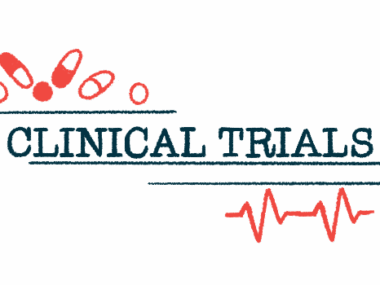British Researchers Develop New Way to Screen for Potential Cystic Fibrosis Therapies
Written by |

British researchers have come up with a new way to screen for compounds that could be used to treat inherited diseases such as cystic fibrosis and Duchenne muscular dystrophy.
The approach also may work with gene therapies, whose aim is to overcome abnormalities stemming from defective genes. These abnormalities can cause diseases.
The University of Bradford team said its approach involves identifying compounds that can bypass a stop sign that a gene mutation throws up.
In the case of cystic fibrosis, CFTR gene mutations throw up several stop signs that can prevent the production of a normal version of the CFTR protein. The result is the production of the defective protein that causes CF.
Bradford researchers published their study in the journal Human Molecular Genetics. The title is “Aminoglycoside-mediated promotion of translation readthrough occurs through a non-stochastic mechanism that competes with translation termination.”
The method that the team came up with to screen for potential therapies involves identifying compounds that can bypass just one of the stop signs that an abnormal gene throws up. Compounds that bypass all of the stop signs are unlikely to be able to prevent the production of defective CFTR protein, for example.
“Our model acts like a simple roadside checkpoint,” Dr. Talat Nasim, the lead author of the study, said in a press release. “Compounds, which can fulfill certain criteria will enable some proteins to get past the pre-mature stop signal. Even a small amount of the right proteins would be enough to give some therapeutic protection, and that would lessen the symptoms of the disorder.
“Our model does not support the translational machinery to be reprogrammed in such a way that it bypasses all stop signals,” he said. “This would potentially generate proteins with many more mutated amino acids.”
Bradford researchers used the model to analyze hundreds of genes and more than a thousand therapies that U.S. regulators have approved for various diseases. They obtained the drug list from the National Institute of Neurological Disease Syndrome.
The screening identified two genes that scientists might be able to develop CF therapies around. Unfortunately, the compound screening revealed no approved drug that would be a good candidate for treating cystic fibrosis.
In 2007, scientists reported that a compound known as Translarna overcame faulty DMD genes’ inability to produce dystrophin protein. Lack of dystrophin is what causes Duchenne MD. Translarna generated the protein by bypassing one of the stop signs that the faulty DMD gene threw up, the researchers believed.
Although the U.S. Food and Drug Administration has declined to approve Translarna as a Duchenne MD treatment, Britain has authorized it as a therapy for young Duchenne MD patients with certain mutations.
Nasim believes the Bradford model will help scientists hone in on those compounds that have the best chance of becoming CF and Duchenne MD therapies.






